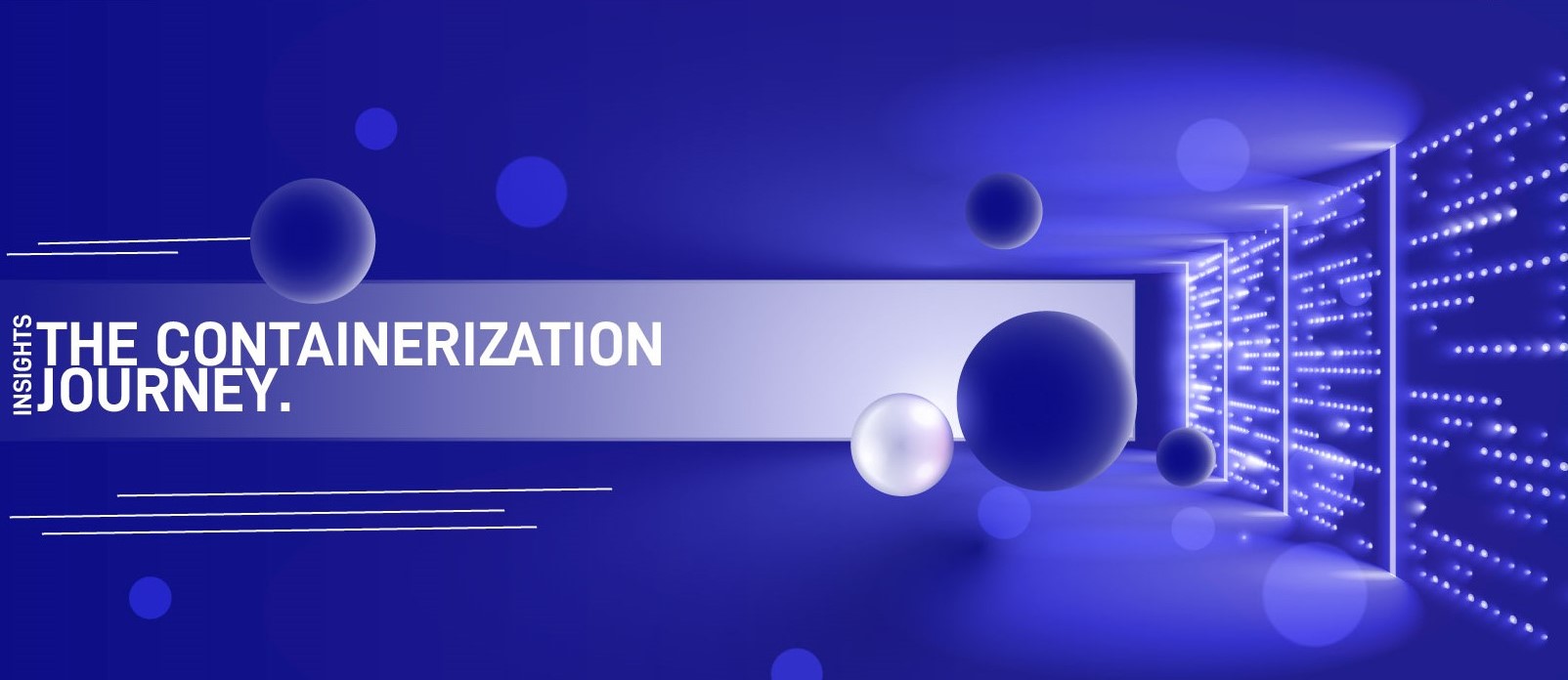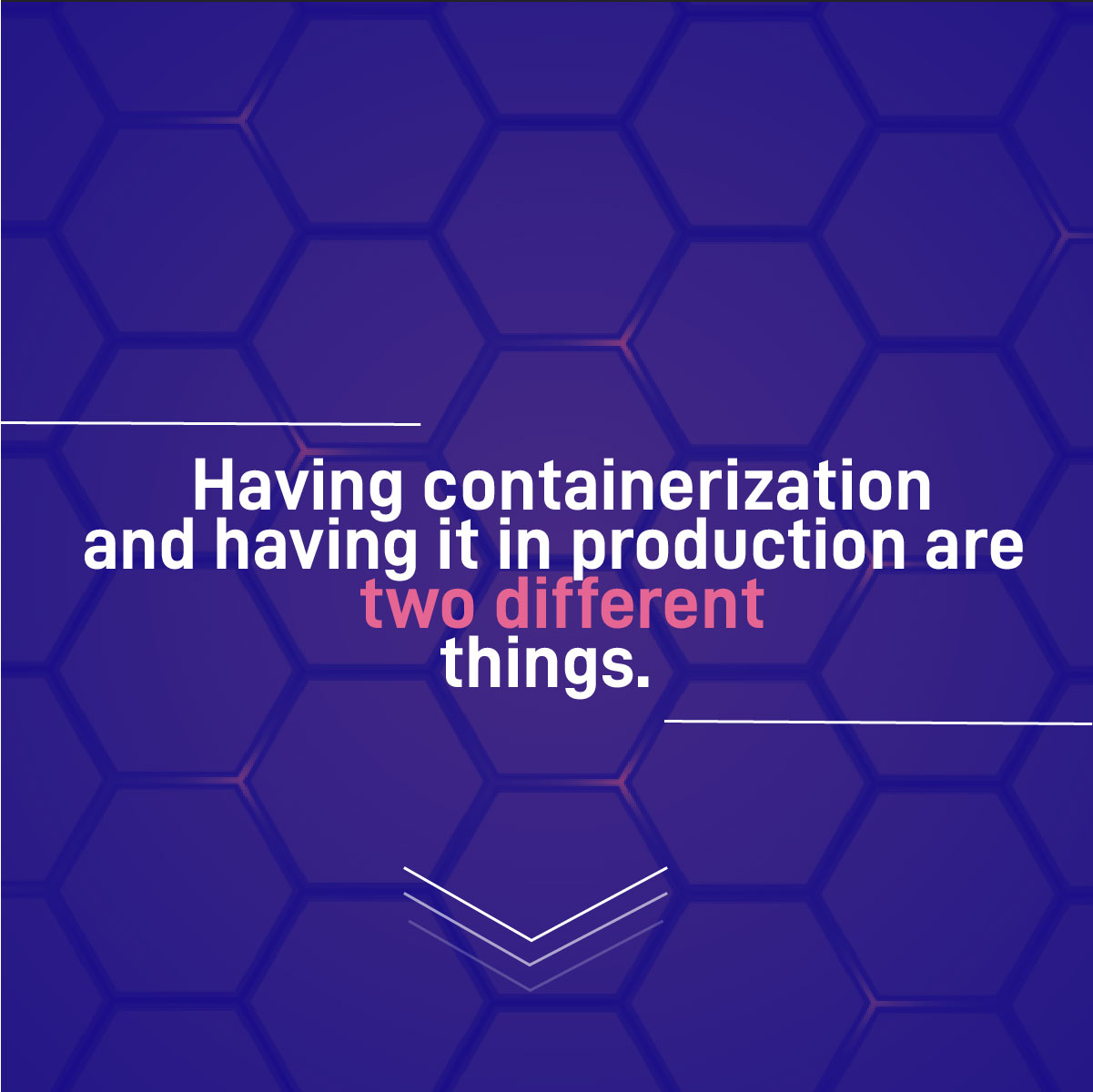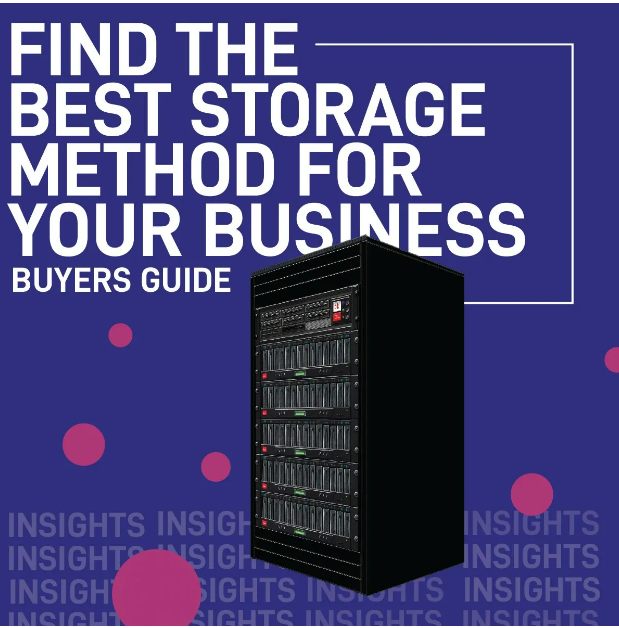Where are you on your containerization journey?
Time to read: 10 mins
Where are you on your containerization journey?
If you’re not quite there yet, you are not alone.
Containers go hand-in-hand with cloud services because they make software applications portable and as they can run on any infrastructure they support migration to the cloud.
By managing elements of applications independently, containers also simplify software updates and, importantly, they can accelerate development time by as much as a factor of ten.

What is Containerization?
So, let’s establish a few things. In software engineering, a ‘monolithic’ application is built as a single unified unit. This means you must update the entire code to make a small change.
Meanwhile, ‘microservices’ are a collection of smaller, independently deployable services. These are more flexible, as they can be independently updated or re-used.
Containerization is a form of virtualization where software applications are managed as microservices which run inside a container on a shared operating system (OS).
As they can run on any infrastructure, containers create a secure, lightweight and efficient environment to run cloud-based applications.
This way of organizing software uses compute resources more efficiently and is particularly useful for companies who use cloud-based infrastructures that are distributed across one or multiple cloud platforms.
Why are businesses adopting containerization?
Businesses are adopting containers because this approach makes software development and cloud-based computing much more efficient. There are many benefits to containerization, including:
- Software portability – containers allow software applications to run on any operating system and any infrastructure. They enable applications to be deployed on virtual machines and moved from one cloud environment to another.
- Easier cloud deployments – containers make the migration of individual applications to the cloud easier and allow software to run consistently across different cloud infrastructures.
- Speed and efficiency – microservices are more efficient because they only require one OS and, therefore, use less CPU. Any spare processor power is shared between the applications.
- Agility in DevOps – with containers, companies can re-use as many as 70% – 80% of their software components and deliver new services much faster. Containers make updating faster as well, so applications can be updated more often. This means that businesses might increase the frequency of software updates to as many as three times per week instead of once per quarter.
Containers bring competitive advantage to a business
If containers can make a material difference to the pace at which companies innovate and deliver software-based services, this can make a real difference to business competitiveness.
Back in 2020, Gartner predicted that the growing container market would only continue to flourish and in many instances containerization is becoming increasingly mainstream.

As companies work to transform their legacy processes into modern digital environments, they can use containerization to bring new concepts to life faster and realise the commercial benefits sooner. If businesses can innovate faster, they can often win competitive advantage and become leaders in their markets. The uptake of containerization also means that organizations that do not adopt them will be risk of falling behind not only competitively, but they may also fail to meet the planned timescales for their key digital transformation goals.
Statistics don’t show the whole picture.
Our own experts predict that containerization will become synonymous with cloud computing and the service delivery model. Industry analysts agree, and are predicting widespread uptake of containers in the next five years.
In March 2023, Gartner stated:
- By 2028, more than 95% of global organizations will be running containerized applications in production, which is a significant increase from fewer than 50% in 2023.
- By 2028, 25% of all enterprise applications will run in containers, which is an increase from fewer than 15% in 2023.
- By 2028, more than 70% of commercial OSS vendors in the container ecosystem will offer their software as SaaS.
However, the move to containerization is a journey and we know that there is more to this story. Most IBM users have a form of containers installed and they typically began by using containers in DevOps and testing, but their experience varies widely.
Phil Pennington, Senior Technical Sales Architect, Tectrade, says:
“Having containerization and having it in production are two different things. Developers are more likely to be utilizing containers than IT professionals. It may be only 10% of businesses that actually have containers in production and are using them to deliver services.”
The containerization journey needs orchestration
When companies move containers out of development and into production they need different skills and tools to manage them. Kubernetes is the dominant container orchestration tool in SMB and the enterprise, with larger organizations more likely to favour Kubernetes with Red Hat OpenShift, and Docker more prevalent with SMBs. Kubernetes is an open source container orchestration system for automating software deployment, scaling and management.
While businesses need container orchestration tools to unlock the commercial benefits of using containers in a production environment, some companies have decided to use container orchestration tools, while others have not.
Flexera’s State of the Cloud report for 2023 discusses the challenges that organizations face with the adoption of containers. 75% of polled respondents, for example, said that a lack of experienced staff has challenged how rapidly their business can adopt new container technologies.

Tectrade’s technicians, partnering closely with enterprises, have become aware of the many barriers that are slowing down containerization from the inside out, including security coverage and cost optimization. The uptake of container orchestration tools such as Kubernetes is less than expected.
The shortage of data scientists and experienced technicians is also hindering companies from fully realising the benefits of containerization because individuals with the necessary skills and training are scarce.
Storage limitations need not delay your containerization journey
While lack of expertise is one limiting factor, organizations also need larger storage platforms to support containerized services.
IBM Storage Fusion is a container-native data platform for Red Hat OpenShift which includes enterprise-grade storage and protection services and software-defined storage management software. It provides the flexibility, caching and replication for true data mobility in containerized environments with Kubernetes. Our clients can leverage IBM Storage Fusion to get containers into production.
To find out more about container native storage, get in touch today for a no-obligation call with one of our experts.
About the author
Read more articles

Storage and Backup
A Buying Guide to Finding the Best Storage Solution for Your Business
Find the right storage solution for your company.
IBM Power
The IT Skills Gap Is Only Getting Wider in 2024
The IT skills gap is forecasted to widen in 2024 – especially for IBM i skills, what happens next?

About Tectrade
Tectrade Change Freeze (Dec-Jan)
We will be operating a ‘Change Freeze’ across our hosted and managed infrastructure to manage risk at this critical time.
